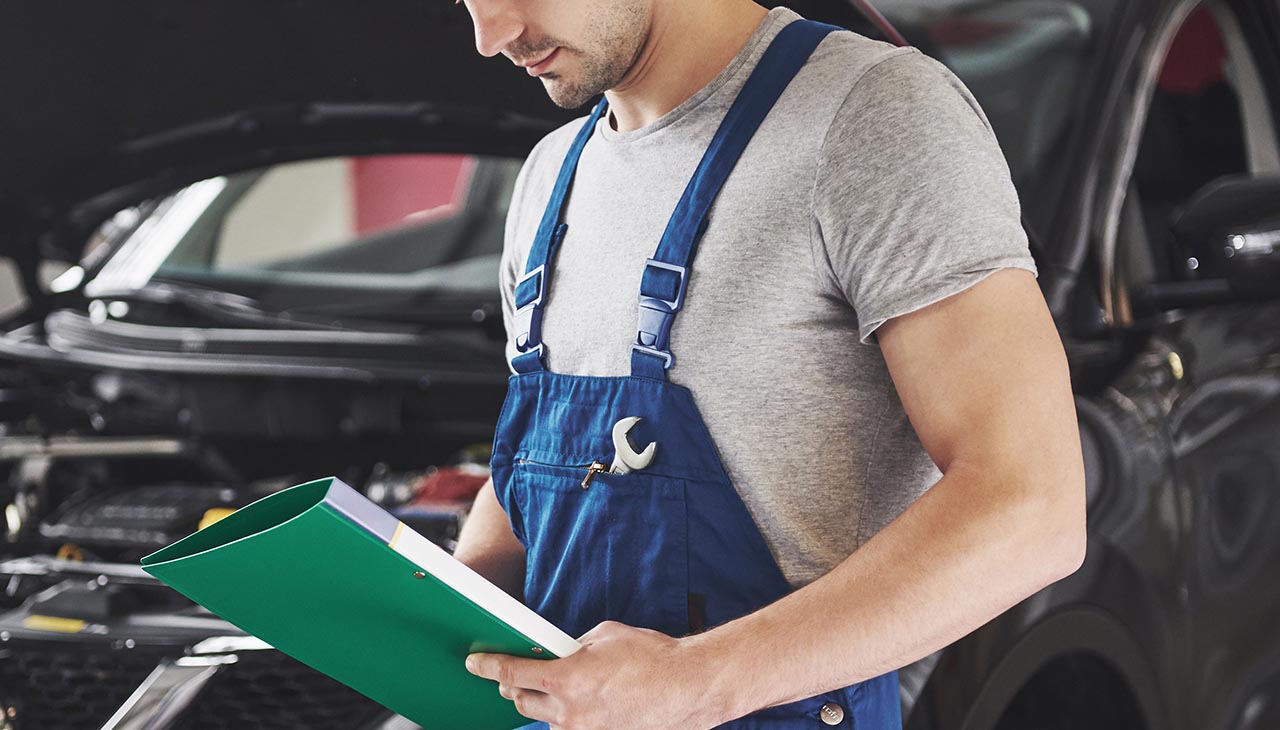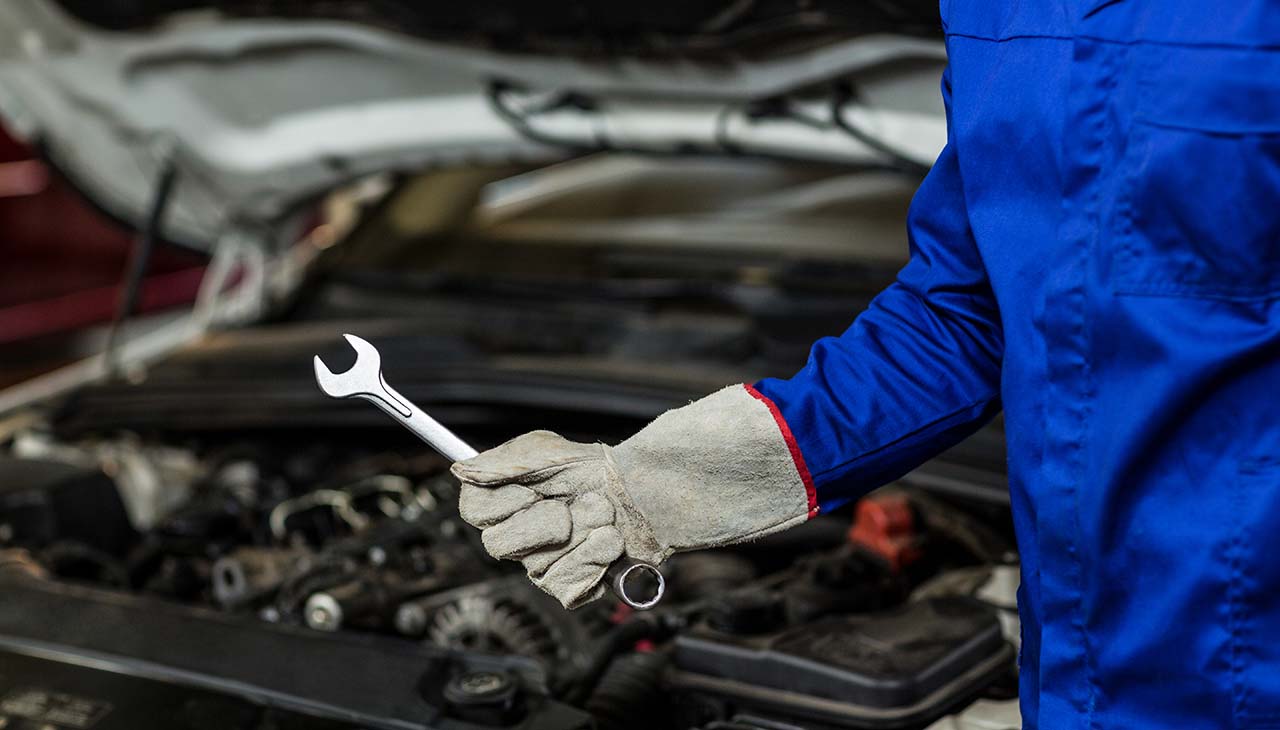Owning a car comes with its set of responsibilities, one of which is regular maintenance to ensure it runs smoothly and efficiently. While professional service is essential for complex issues, there are several maintenance tasks that every car owner should be familiar with. From changing the oil to replacing wiper blades, these simple yet crucial tasks can significantly extend the lifespan of your vehicle, improve safety, and potentially save you money on expensive repairs. This guide aims to empower car owners with the knowledge and confidence to perform basic maintenance tasks, fostering a deeper understanding and connection with their vehicles.
Regular Oil Changes
Importance of Oil Changes
Regular oil changes are the lifeblood of vehicle maintenance. Engine oil lubricates, cools, and cleans the engine’s internal components, preventing metal-to-metal contact that can lead to severe damage. Over time, oil breaks down due to heat and accumulates dirt and debris, diminishing its effectiveness and potentially harming the engine. By changing the oil regularly, you ensure the engine runs smoothly, maintain fuel efficiency, and prolong the engine’s life.
How Often to Change Oil
The frequency of oil changes depends on the vehicle make, model, driving conditions, and the type of oil used. Traditionally, it was recommended to change the oil every 3,000 miles, but with advancements in automotive and oil technologies, many modern vehicles can go 5,000 to 7,500 miles or more between changes. Always refer to the vehicle’s owner manual for the manufacturer’s recommendations.
Steps to Perform an Oil Change
- Prepare Your Vehicle and Gather Tools: Warm up your vehicle for a few minutes as warm oil drains faster than cold. You’ll need a wrench to remove the drain plug, an oil filter wrench, a funnel, a drain pan, and of course, new oil and a new oil filter.
- Drain the Old Oil: Locate the oil drain plug under the vehicle and place the drain pan underneath. Remove the plug with the wrench, allowing the old oil to drain completely. Replace the drain plug once draining is complete.
- Replace the Oil Filter: Locate the oil filter and use the oil filter wrench to remove it. Make sure to lubricate the rubber gasket on the new oil filter with a little new oil and then install it by hand.
- Add New Oil: Locate the oil fill cap on top of the engine. Remove it and use a funnel to pour new oil into the engine. Be sure to check your owner’s manual for the correct type and amount of oil.
- Check Oil Level: Replace the oil fill cap and start the engine for a few minutes to allow the new oil to circulate. Shut off the engine, wait a few minutes for the oil to settle, then check the level using the dipstick. Add more oil if necessary to reach the full mark.
By following these steps, car owners can perform an essential maintenance task that keeps their vehicles in top condition, ensuring reliability and safety on the road.
Checking and Topping Up Fluids
Types of Fluids to Check
Beyond engine oil, several critical fluids should be regularly checked to ensure your car operates safely and efficiently. These include:
- Coolant: Keeps the engine cool and prevents overheating.
- Brake Fluid: Essential for the brake system to function correctly.
- Transmission Fluid: Lubricates and cools the transmission.
- Power Steering Fluid: Enables easier steering.
- Windshield Washer Fluid: For cleaning the windshield for better visibility.
How to Check Fluid Levels
- Coolant: Check the coolant level in the overflow tank when the engine is cold. The tank has markings to indicate the proper level.
- Brake Fluid: Locate the brake fluid reservoir and check the level against the markings on the side of the container. The fluid should be clear and within the recommended levels.
- Transmission Fluid: This is usually checked with a dipstick while the engine is running and warmed up. Pull out the dipstick, wipe it clean, reinsert it, and then pull it out again to check the level.
- Power Steering Fluid: Similar to brake fluid, check the level on the reservoir’s side. The fluid should be within the marked area.
- Windshield Washer Fluid: Simply lift the cap on the reservoir and visually inspect the level. If it’s low, more fluid needs to be added.
Steps to Top Up Fluids When Necessary
- Preparing: Ensure the vehicle is on a level surface and the engine is cooled down before checking or topping up any fluids (except transmission fluid which should be checked when the engine is warm).
- Topping Up:
- Coolant: Only add coolant to the overflow tank to the indicated level line. Never open the radiator cap on a hot engine.
- Brake Fluid: Add fluid to the brake reservoir until it reaches the “Full” marking. Use only the type of brake fluid specified by the vehicle manufacturer.
- Transmission Fluid: If the dipstick indicates low fluid, use a funnel to add transmission fluid through the dipstick tube. Add small amounts at a time, checking the level frequently.
- Power Steering Fluid: Pour the fluid into the reservoir until it reaches the fill line. Do not overfill.
- Windshield Washer Fluid: Fill the reservoir with windshield washer fluid until near the top. Close the lid securely.
Regular checks and maintenance of these fluids can prevent costly repairs and ensure your vehicle runs reliably. Always consult your owner’s manual for specific recommendations and procedures for your vehicle.
Inspecting and Replacing Air Filters
Air filters play a crucial role in maintaining vehicle performance and longevity. They are responsible for filtering out dust, pollen, and other airborne debris from entering the engine and cabin, ensuring cleaner combustion and air quality. Clean air filters can improve fuel efficiency, reduce emissions, and prolong engine life by preventing abrasive particulate matter from damaging internal components.
How to Inspect Air Filters
- Locate the Air Filter: For the engine air filter, open the hood and find the air filter housing. It’s usually located in a rectangular box with metal clips on the side. The cabin air filter is often found behind the glove box or under the dashboard.
- Remove and Inspect the Filter: Open the housing and take out the filter. Look for signs of dirt, debris, and clogging. A light-colored filter generally indicates cleanliness, while a dark and dirty appearance suggests it needs replacing.
Steps to Replace Air Filters
- Purchase the Correct Filter: Ensure you have the right filter for your model by checking the vehicle’s manual or asking at an auto parts store.
- Remove the Old Filter: Open the air filter housing and carefully remove the old filter, taking note of its orientation.
- Install the New Filter: Place the new filter in the housing, making sure it fits snugly and is oriented correctly. This ensures that air flows through it properly.
- Secure the Housing: Close the air filter housing and resecure any clips or latches. For the cabin air filter, ensure the glove box or panel is replaced securely.
Regular inspection and replacement of air filters are simple yet effective maintenance tasks that vehicle owners can perform to ensure optimal vehicle performance and interior air quality.
Monitoring Tire Pressure and Tread
Proper tire maintenance is crucial for ensuring safety, improving fuel efficiency, and extending the life of your tires. Underinflated or overinflated tires can lead to poor handling, increased wear, and even blowouts, while uneven tread wear can compromise your vehicle’s grip on the road, especially in adverse weather conditions. Regular checks of tire pressure and tread depth are simple, yet essential, tasks that can prevent these issues.
How to Check Tire Pressure
- Find the Recommended Pressure: Check your vehicle’s manual or the sticker on the driver’s side door frame for the manufacturer’s recommended tire pressure.
- Use a Tire Pressure Gauge: Remove the cap from the valve stem, press the tire gauge onto the valve, and read the pressure. Do this for all four tires and the spare.
- Adjust the Pressure: If the pressure is too high, release air until it matches the recommendation. If too low, add air. Check the pressure again after adjustments to ensure accuracy.
How to Measure Tire Tread Depth
- Use a Tread Depth Gauge: Insert the probe into the tread groove, press the shoulders of the gauge flat against the tread, and read the depth. Repeat this in several spots across the tire.
- The Penny Test: An alternative method is to place a penny into a tread groove with Lincoln’s head facing down. If you can see all of Lincoln’s head, your tires need replacing as this indicates tread depths of less than 2/32 inches.
Maintaining proper tire pressure and ensuring adequate tread depth are key practices in vehicle maintenance that significantly contribute to your safety on the road. Regular checks allow you to identify and address issues before they lead to more serious problems or require costly replacements.

